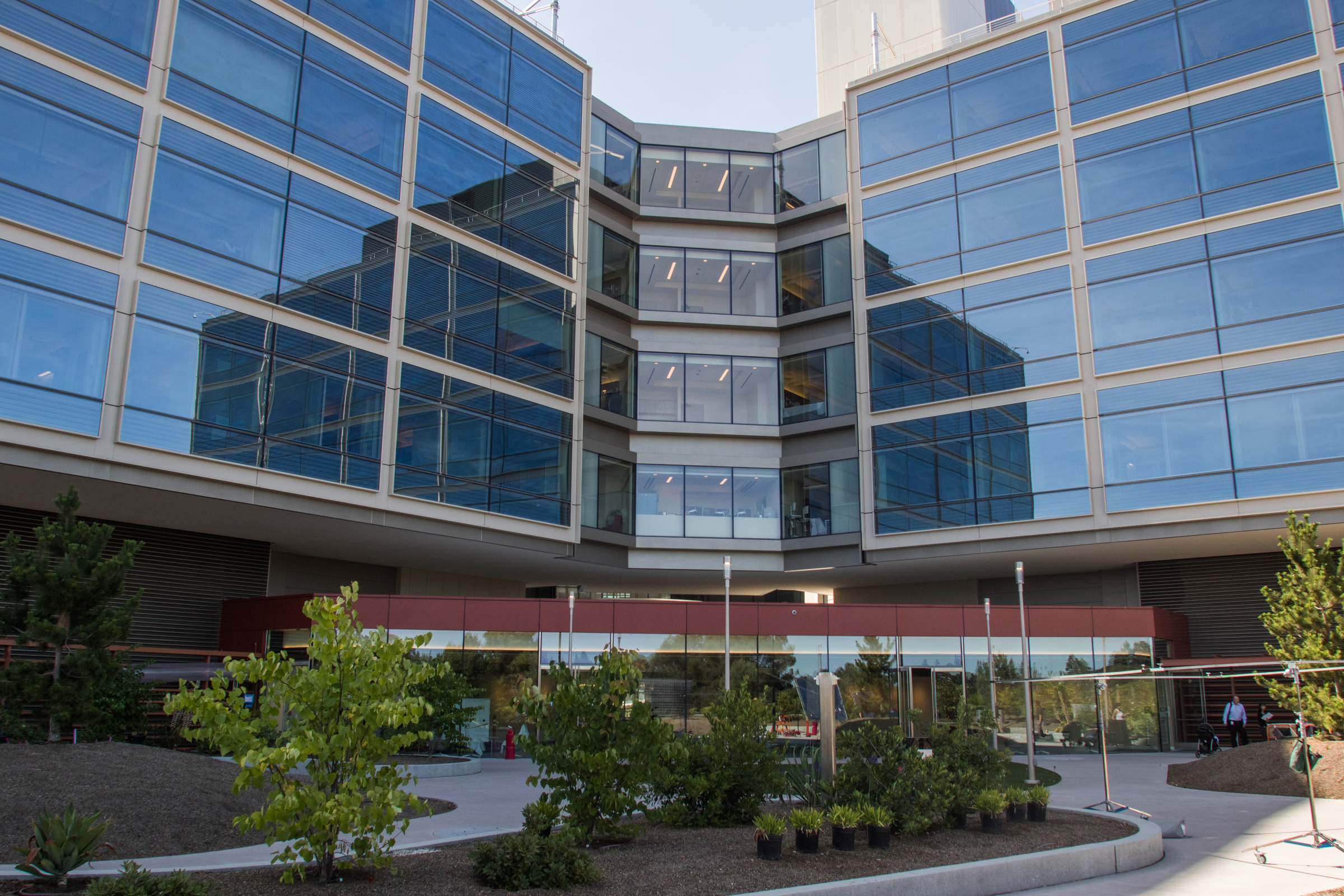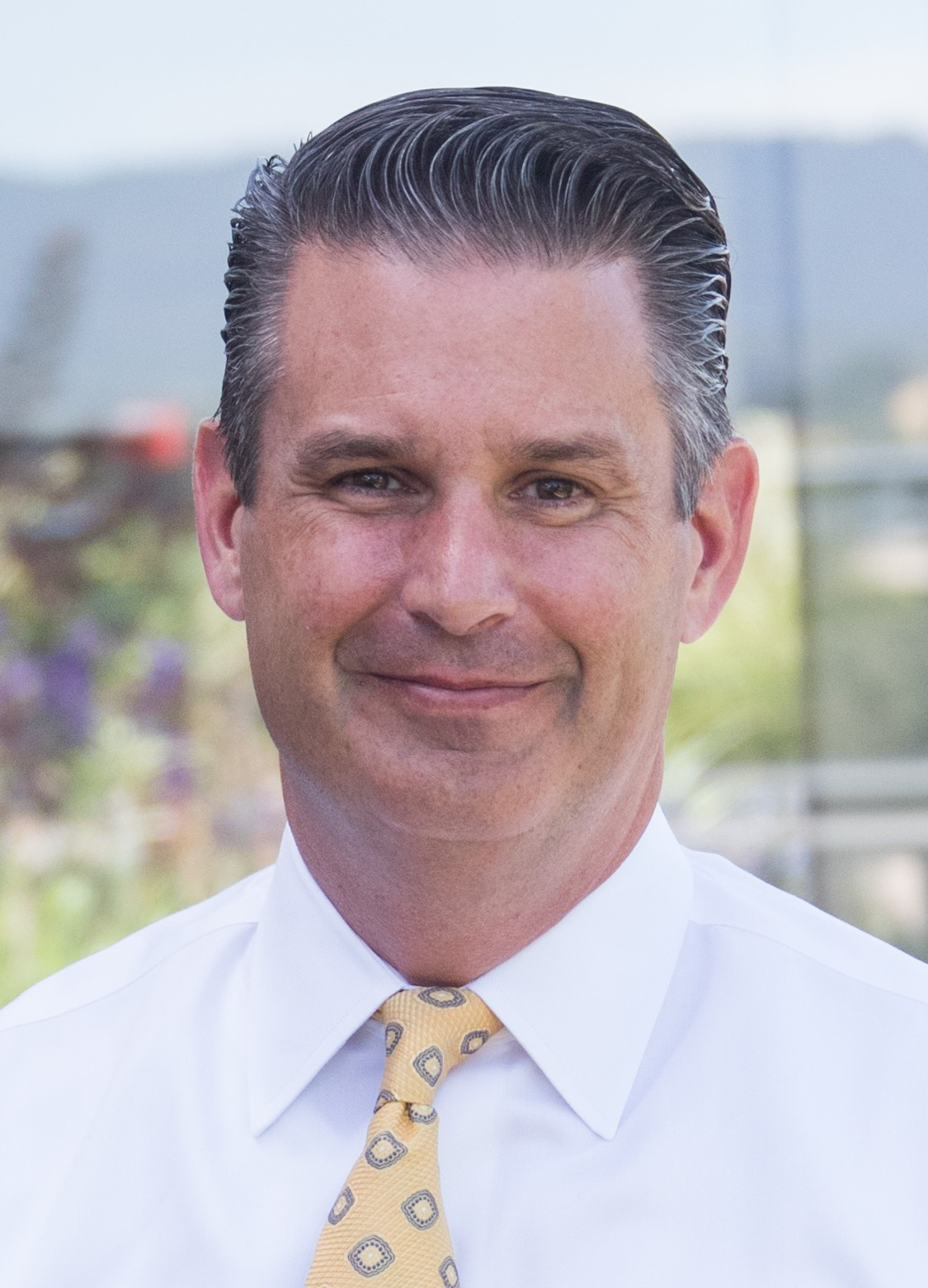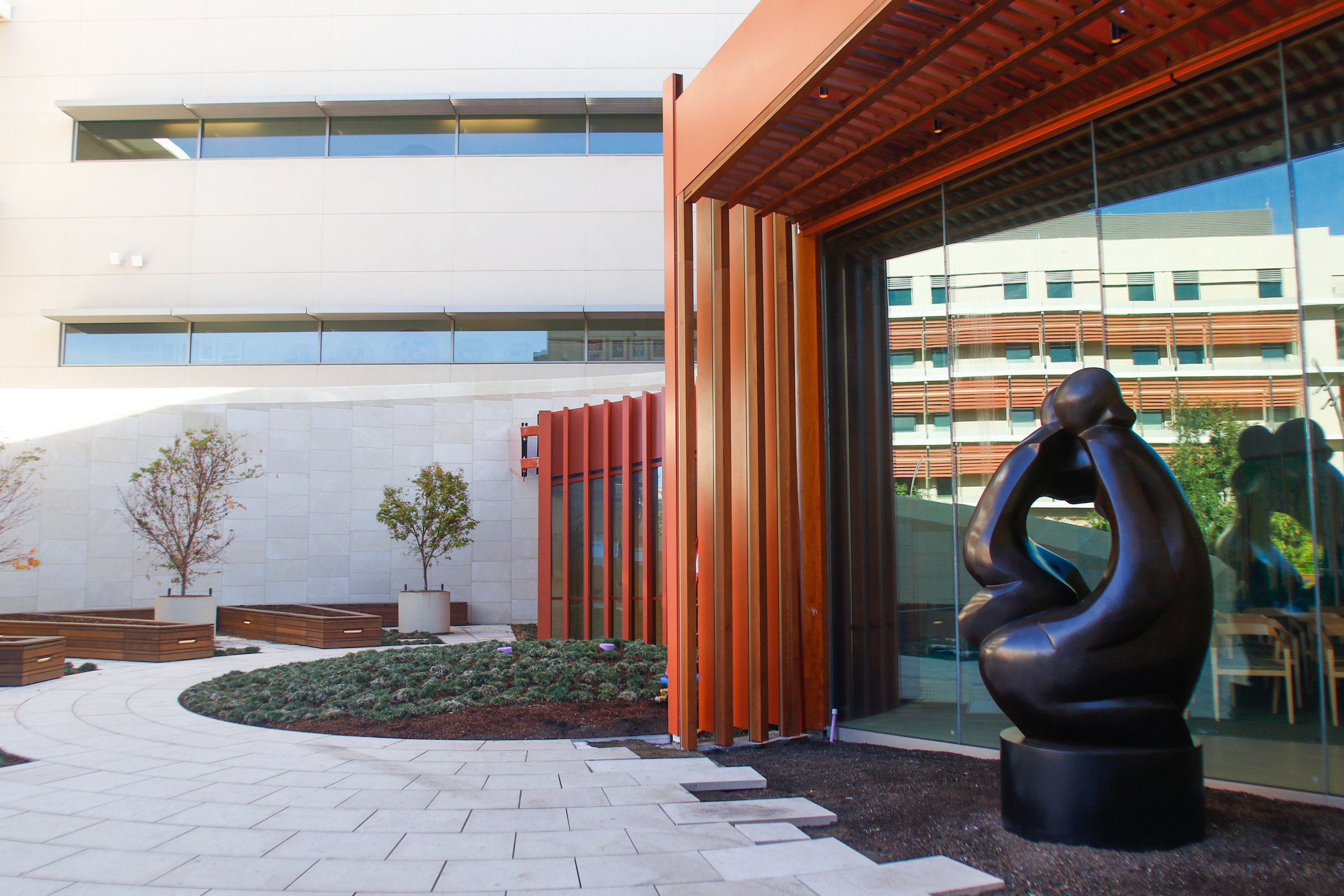When Palo Alto struck a deal with Stanford University more than a decade ago to allow the construction of new hospitals and medical buildings, the university pledged to make sure that its massive project would not bring traffic congestion to city roads.
The 2011 development agreement created stringent measures to ensure that more than a third of the trips to and from the hospitals would be made by alternative modes — including Caltrain, shuttles, carpools and bicycles — by 2025. Under the terms of the agreement, Stanford would have to pay $4 million to Palo Alto if it failed to meet this target.
For a while, the system worked and Stanford saw its share of workers relying on different modes gradually rising. It provided Caltrain Go passes to all new and existing workers, enhanced bicycle amenities and expanded its Marguerite shuttle program to better serve the hospitals.
It also offered a "guaranteed ride home program" for anyone who used alternative transportation and leased parking lots in Santa Clara and Campbell for "park and ride" programs, according to a February report from Molly Swenson, senior project manager for Planning, Design and Construction Department at Stanford University Medical Center.
In 2019, about 33.8% of hospital employees relied on alternate modes of transportation, according to Stanford, surpassing the 33% target laid out in the agreement. (In the six years before that, the rates had ranged between 33.4% and 38.1%.) Stanford was also on a trajectory to easily meet the development-agreement threshold of 35.1% by 2025, having already exceeded that target repeatedly.
Then came COVID-19 and things started moving in the opposite direction. Transit services diminished; riders became more cautious about congregating; and highway congestion dissipated.
Workers, by Stanford's account, began to rediscover their cars. The percentage of riders relying on alternative transportation dropped from 28.8% in 2021 to 19.9% in 2022, surveys that Stanford conducted in May of that year indicated. A survey in May of this year showed the rate rebounding to 25.6% in 2023.
Asking for a break
Given this trend — and its unexpected and unprecedented cause — Stanford is now asking the city for a break. Specifically, it wants to modify the agreement so that it won't have to meet the 35.1% target until 2028, three years later than anticipated. The City Council will consider this request on Oct. 23.
The development agreement, which the City Council approved in 2010 after years of debate, established a sequence of increasingly stringent transportation targets for the hospitals to meet as it gets closer to completing its buildout. This includes a 30% target for alternative mode shares by 2018, 33% by 2021 and 35.1% by 2022.
Stanford University Medical Center made its request to revise these targets in June 2022, a month after its latest commuter survey showed a trend away from alternative transportation modes. The letter cited the program's success and noted that the hospitals have enjoyed a 33% rate of alternative mode shares for seven consecutive years between 2013 and 2019, well ahead of the 2021 target date.
A letter co-signed by David Entwistle, president and CEO of Stanford Health Care, Paul King, president and CEO of the Lucile Packard Children's Hospital, and Robert Reidy, vice president of land, buildings and real estate at Stanford University, cited the persistence of the pandemic, the reduction in transit services and changing commuter habits. While the hospitals were "cautiously optimistic" in 2021 that pandemic would end after the retreat of COVID-19, the pandemic persisted as new variants emerged.
"Public transit systems have continued to operate at reduced levels of service," Entwistle wrote. "And the period of ongoing disruption to pre-pandemic routines has persisted — and has deepened in its effects, as workers who must perform their jobs in person have continued shifting away from alternative modes of transportation."
The proposed amendment would be the first major change in the landmark agreement, which allowed Stanford University to rebuild Stanford Hospital and Clinics (as Stanford Health Care was formerly called), expand the Lucile Packard Children's Hospital, reconstruct numerous buildings at Stanford University School of Medicine, renovate Hoover Pavilion and construct several new medical-office buildings. Upon completion, the project would add about 1.3 million square feet of new development to the city.
In proposing to revise the transportation targets, Stanford noted that the full buildout is now not expected to occur until "well beyond 2025." Swenson informed the city in August 2022 that Stanford has yet to begin the replacement of the 1959 Stone complex.
With the buildings in his complex set for demolition in the coming years, various sections have been mothballed and are no longer occupied. The amount of mothballed square footage, she noted, has doubled from 2021 to 2022 and the figure is expected to more than threefold by 2026, before two of the buildings are fully vacated and demolished.
Given the large amount of unoccupied space, the full impact of the project at full buildout will not materialize well after 2025.
"The proposed delay to alternative mode share targets, therefore, will not result in a misalignment relative to the timing of project buildout, as envisioned when the Development Agreement was approved," Swenson wrote.
Should fines by waived?
If the Palo Alto City Council agrees to change the agreement, the city would forgo the $175,000 in annual payments that Stanford would be required to pay to the city for each of the two years in which it missed its targets, according to a report from the city's Department of Planning and Development Services. (The hospitals would only be required to pay the $4 million lump sum if it fails to hit the target in later years, the report states.)
City staff, for its part, is recommending approving the change. The report notes that if the city does not approve the amendment, Stanford can seek relief in court through the "force majeure" clause of the development agreement, which covers circumstances deemed "beyond the reasonable control" of the parties. This includes events such as earthquakes, fires, floods, riots and terrorist attacks.
"By filing the Development Agreement amendment application, there is an opportunity to create mutual, locally derived implementation clarity regarding present and future compliance with (the development agreement's force majeure clause) rather than taking this topic to a court for resolution," the report from planning staff states.
Staff noted that transportation measures were important because they "required TDM (transportation-demand-management) program implementation to reduce single-occupancy vehicle trips and reduce greenhouse gas emissions."
"This remains true at present," the report states. "SUMC implements one of the most detailed and extensive TDM programs in the city and the proposed Development Agreement (amendment) does not change this."





Comments